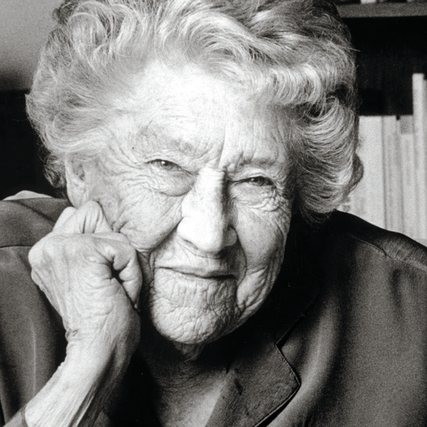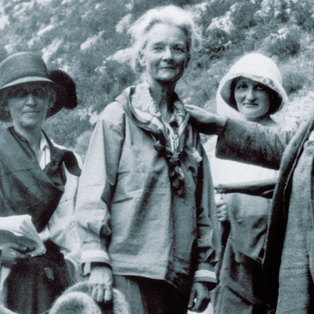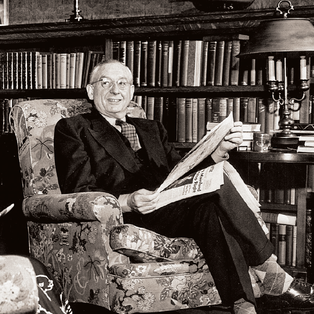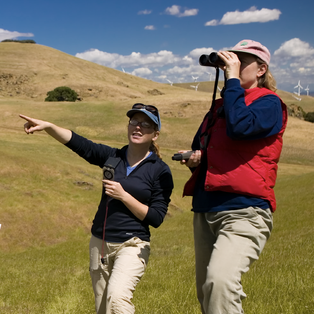The Flowering of Arts and Humanities
The early Builders shared a collective vision of a comprehensive university that would challenge the status quo not only in the sciences but also in the arts and humanities. That vision was sustained as Berkeley charged into a more modern era. By the dawn of the 20th century, Berkeley had arrived.

The music department’s early years were shaped by Charles Seeger, one of American music’s most influential and innovative thinkers. Called the “father of ethnomusicology,” Seeger came to UC Berkeley in 1912 and developed a curriculum that included composition, orchestration, and musicology.
The Jean Gray Hargrove Music Library at Berkeley is named for Jean Gray Hargrove ’35, who provided generous support for the most extensive public collection of original scores, rare manuscripts, and regional music on the West Coast. Hargrove’s investment provides a foundation for the diverse teaching and research needs of the UC Berkeley Department of Music.
In 1958, a pair of bequests led to the construction of Morrison Hall and Hertz Hall, providing a much-needed permanent home for the music department.
Doreen B. Townsend, Class of 1924, and her husband, Calvin, were active supporters of Berkeley throughout their lives. Her bequest in 1987 enabled the creation of the Townsend Center for the Humanities, widely recognized for its cross-disciplinary approach to research and teaching in the humanities.
“I think Berkeley is a great university. If people have money to give, there is no better place to give it,” Doreen Townsend said.
The ripple effects of Townsend’s generosity are immeasurable and enduring. The center fosters an interdisciplinary approach to scholarship, cultivates innovative research, and promotes intellectual conversations across academic fields. The center funds more than 60 interdisciplinary working groups on a wide range of topics, such as African History, Language as Social Justice, Russian Peripheries, and more. In addition to established programs, the Townsend Center plays a key role in the development of new and innovative academic initiatives.
Performing arts found a first-class venue at UC Berkeley with the opening of Zellerbach Hall in 1968. This 2,000-seat theater, supported by a lead gift from the family of industrialist Isadore Zellerbach, has become a renowned performing arts center, and home of Cal Performances.
German abstract expressionist painter Hans Hofmann, who would teach summer school at Berkeley in the early 1930s, would donate 45 of his paintings and funds to establish the Berkeley Art Museum. In 2016, the Berkeley Art Museum and Pacific Film Archive relocated to a dramatic new building after a successful philanthropic campaign that raised over $100 million.



